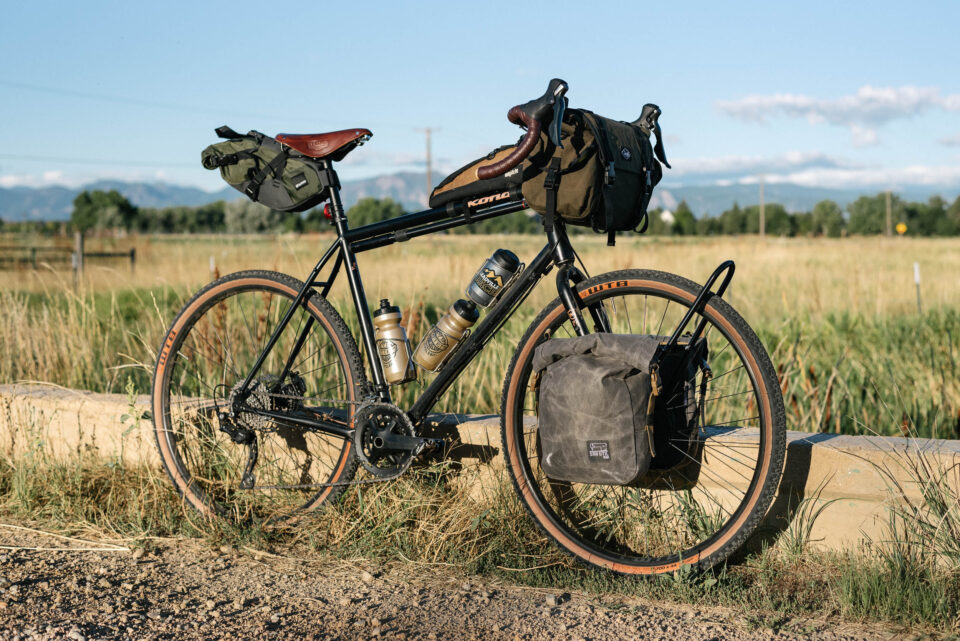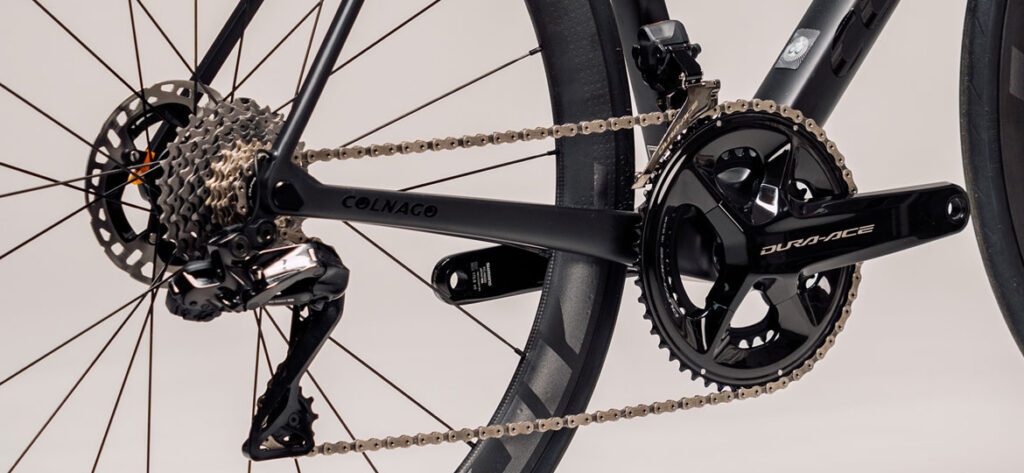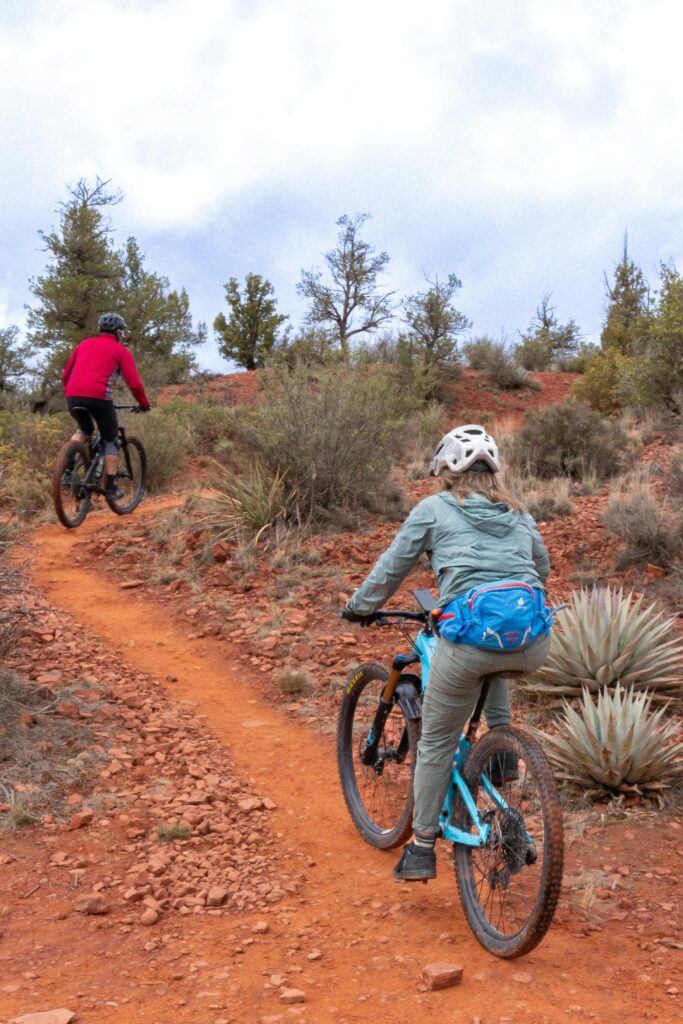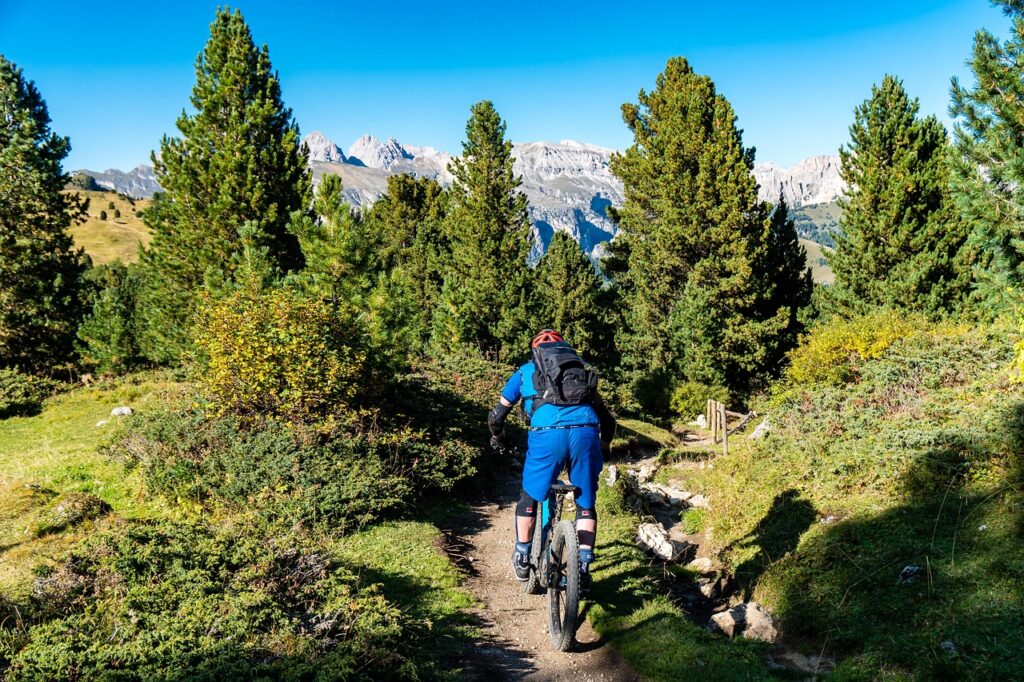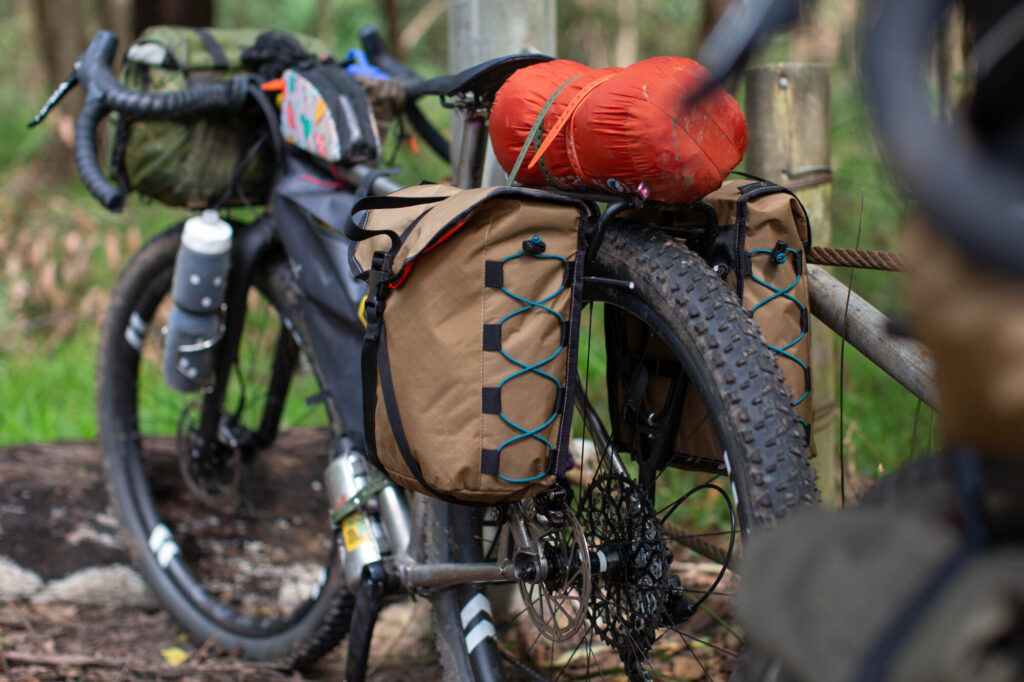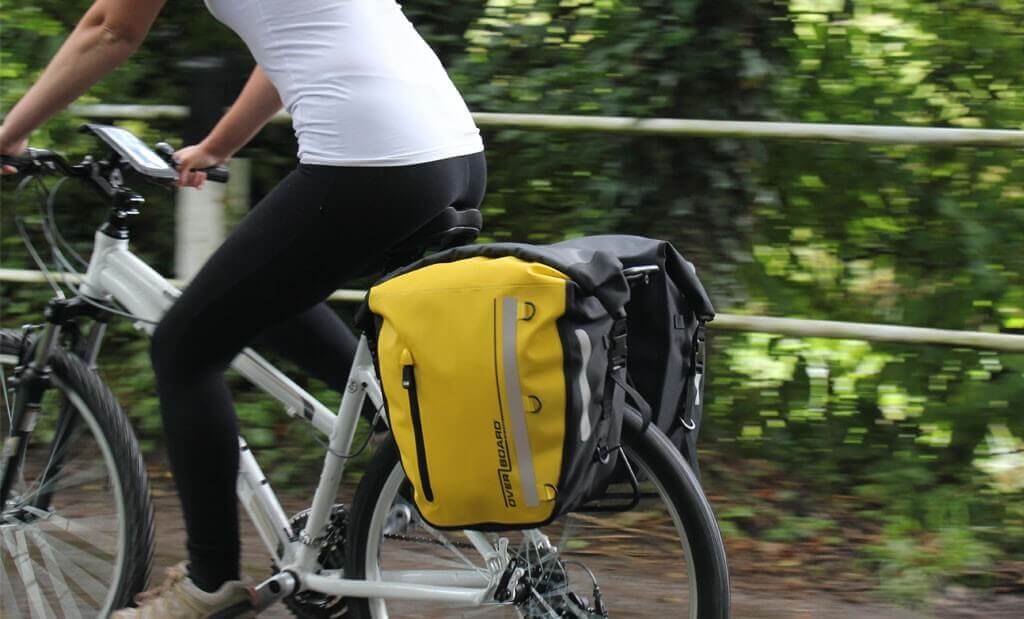Overview
Few forms of travel are as liberating as bicycle touring. The rhythm of pedaling through open landscapes, the freedom to stop anywhere, and the satisfaction of covering real ground under your own power — it’s an experience unlike any other.
A great touring bike is built to go the distance — strong, stable, comfortable, and capable of carrying gear across continents. In 2026, modern touring bikes combine decades of proven design with new materials and drivetrain technology, offering smooth performance whether you’re crossing a state or an entire country.
This guide highlights the best touring bikes of 2026, covering steel classics, modern aluminum commuters, and high-end expedition machines designed for multi-month adventures. Whether you’re setting out for your first overnight or planning a global journey, these bikes will keep you rolling confidently toward the horizon.
What Makes a Great Touring Bike
A true touring bike is more than just a road bike with racks — it’s designed from the ground up for comfort, reliability, and load-bearing stability.
Key Traits
- Durable Frame Material – Steel remains the gold standard for its resilience and repairability, though aluminum and titanium options are lighter and corrosion-resistant.
- Stable Geometry – Longer wheelbases improve stability when loaded with panniers.
- Multiple Mounts – Eyelets for racks, fenders, and bottle cages on the frame and fork are essential.
- Wide Gear Range – Low gearing for steep climbs while carrying heavy loads.
- Comfort-Oriented Design – Relaxed geometry, upright riding position, and vibration damping for long hours in the saddle.
- Disc or Rim Brakes – Mechanical discs are popular for easy maintenance, but hydraulic discs offer superior braking under load.
- Wheel Strength – 32–36 spoke wheels with durable rims for reliability on rough roads.
Top Touring Bikes of 2026
1. Trek 520
- Frame: Chromoly steel
- Drivetrain: Shimano Deore 3×10
- Brakes: Mechanical disc
- Price: $1,899 USD
The Trek 520 remains the industry benchmark for classic touring bikes. Designed for loaded pavement and gravel travel, its steel frame and tried-and-true geometry make it a favorite among long-distance riders worldwide.
It’s not flashy — and that’s the point. It’s dependable, easy to service, and built to last decades with minimal fuss.
Best For: Traditionalists who want a proven, world-ready steel tourer.
2. Surly Disc Trucker
- Frame: 100% Chromoly steel
- Drivetrain: Shimano Alivio 3×9
- Brakes: TRP Spyre mechanical disc
- Price: $1,999 USD
Few names carry as much respect among tourers as Surly. The Disc Trucker is a cult classic — versatile, serviceable anywhere, and capable of hauling serious weight. Its long wheelbase ensures a smooth, predictable ride even when fully loaded with camping gear.
The updated 2026 model includes improved tire clearance, better cable routing, and thru-axle compatibility for modern hubs.
Best For: Heavy-loaded world tourers and expedition riders.
3. Kona Sutra
- Frame: Butted Cromoly steel
- Drivetrain: Shimano Deore 3×10
- Brakes: TRP Spyre mechanical disc
- Price: $2,199 USD
The Kona Sutra blends classic touring durability with a dash of modern adventure style. Outfitted with front and rear racks, Brooks saddle, and wide 700×40c tires, it’s ready for any surface straight out of the box.
The handling is calm, the gear range is generous, and the comfort level is exceptional on long rides.
Best For: Riders who want a complete touring setup from day one.
4. Marin Four Corners
- Frame: Butted chromoly steel
- Drivetrain: Shimano Sora 3×9
- Brakes: Mechanical disc
- Price: $1,399 USD
The Marin Four Corners blurs the line between touring and adventure bike. Its tall headtube and long wheelbase create one of the most upright, comfortable positions in its class.
It’s ideal for riders who value comfort and stability over speed, making it a great option for all-day touring or bikepacking-style travel.
Best For: Recreational tourers and tall riders needing more upright ergonomics.
5. Salsa Marrakesh
- Frame: Cobra Kai Chromoly steel
- Drivetrain: Shimano Deore 3×9
- Brakes: TRP Spyre mechanical disc
- Price: $2,149 USD
Built specifically for world touring, the Salsa Marrakesh is a true expedition machine. Every part is selected for field serviceability — from the bar-end shifters to the easy-to-source 9-speed drivetrain.
It’s equally at home on pavement or dirt roads and includes mounts for five water bottles, front and rear racks, and massive tire clearance.
Best For: Round-the-world riders and long-haul expeditions.
6. Co-op ADV 2.3
- Frame: Aluminum with carbon fork
- Drivetrain: Shimano GRX 2×10
- Brakes: Hydraulic disc
- Price: $1,999 USD
From REI’s in-house brand, the Co-op ADV 2.3 is a fresh take on touring — lighter, faster, and more modern. It’s built around gravel geometry with stable handling, tubeless-ready wheels, and a responsive ride feel.
While not a traditional steel tourer, it’s perfect for mixed-surface travel and lightweight touring setups.
Best For: Riders who want the efficiency of a gravel bike with touring capability.
7. Fuji Touring Disc
- Frame: Reynolds 520 chromoly
- Drivetrain: Shimano Deore 3×10
- Brakes: TRP mechanical disc
- Price: $1,499 USD
Fuji’s Touring Disc is a long-standing workhorse. With triple crankset gearing, stable geometry, and full rack mounts, it delivers classic touring feel with modern updates.
It’s an ideal first touring bike — affordable, rugged, and comfortable under load.
Best For: First-time tourers seeking reliability and value.
8. Tout Terrain Silkroad II
- Frame: Stainless steel
- Drivetrain: Rohloff Speedhub 14-speed internal gear
- Brakes: Hydraulic disc
- Price: $6,299 USD
The Tout Terrain Silkroad II represents the high end of touring. Its integrated rear rack and Rohloff internal hub make it almost maintenance-free. Every weld and component is designed for long-term durability and minimal upkeep — a dream for cross-continent expeditions.
Best For: Expedition riders who value precision engineering and self-sufficiency.
Touring Bike Types
| Type | Description | Ideal Use |
|---|---|---|
| Classic Touring | Heavy-duty steel frame, triple gearing, pannier mounts | Long road tours, global expeditions |
| Adventure Touring / Gravel Touring | Mixed-surface geometry, disc brakes, tubeless tires | Off-pavement exploration |
| Commuter Touring Hybrids | Upright position, rack/fender mounts | Daily use + weekend touring |
| Rohloff / Belt Drive Touring | Low-maintenance drivetrain, internal gearing | Long-term reliability and simplicity |
Gear Range Comparison
| Bike | Drivetrain | Lowest Gear | Tire Clearance | Brake Type |
|---|---|---|---|---|
| Trek 520 | 3×10 | 26T x 34T | 45 mm | Mechanical disc |
| Surly Disc Trucker | 3×9 | 26T x 34T | 50 mm | Mechanical disc |
| Kona Sutra | 3×10 | 26T x 36T | 45 mm | Mechanical disc |
| Marin Four Corners | 3×9 | 28T x 32T | 47 mm | Mechanical disc |
| Salsa Marrakesh | 3×9 | 26T x 36T | 50 mm | Mechanical disc |
| Co-op ADV 2.3 | 2×10 | 30T x 34T | 45 mm | Hydraulic disc |
| Fuji Touring Disc | 3×10 | 26T x 36T | 45 mm | Mechanical disc |
| Tout Terrain Silkroad II | 14-speed Rohloff | 18.9 gear inches | 50 mm | Hydraulic disc |
How to Choose the Right Touring Bike
1. Frame Material
- Steel: Most durable and repairable. Slightly heavier but built for decades.
- Aluminum: Lighter and corrosion-resistant, but stiffer under load.
- Titanium: Expensive, ultra-light, corrosion-proof, and resilient.
2. Gearing
Touring requires wide ratios. A triple chainring (or 1× with a large cassette) ensures you can climb fully loaded hills without strain.
3. Load Capacity
If you’re planning full pannier touring, prioritize bikes with reinforced rear triangles and fork mounts. For credit-card touring or light setups, gravel-style frames work fine.
4. Tires
Tires between 38 mm and 50 mm balance comfort and speed. Tubeless setups reduce flats and increase comfort on rough roads.
5. Brakes
Mechanical discs are easy to repair on the road, while hydraulics provide better feel and modulation.
Touring Setup Tips
- Front and Rear Racks: Balance weight distribution — 60% rear, 40% front.
- Panniers vs Bikepacking Bags: Panniers offer capacity; bikepacking bags are lighter and sleeker.
- Lighting: Dynamo hubs or USB-rechargeable lights keep visibility consistent.
- Handlebars: Flared drops or trekking bars give multiple hand positions for comfort.
- Maintenance Kit: Always carry spare cables, chain links, and brake pads.
Top Touring Upgrades
| Upgrade | Why It Matters |
|---|---|
| Brooks Saddle | Breaks in to your shape and lasts decades |
| Tubeless Tires | Reduces punctures and vibration |
| Dynamo Lighting | Reliable power for long trips |
| Rohloff Hub / Belt Drive | Virtually maintenance-free |
| Wide Platform Pedals | More comfort on long rides |
Pros and Cons of Touring Bikes
Pros
- Built for unmatched comfort and stability
- Extremely durable and easy to maintain
- Excellent for carrying heavy loads over long distances
- Timeless design with proven reliability
Cons
- Heavier than performance road bikes
- Slower acceleration
- Higher initial investment for expedition builds
Performance Ratings
| Category | Score (1–10) |
|---|---|
| Comfort | 10 |
| Load Handling | 9 |
| Durability | 10 |
| Value | 8 |
| Versatility | 9 |
| Aesthetics | 8 |
Verdict: Built to Last, Ready to Explore
Touring bikes aren’t just machines — they’re travel partners. Designed for durability, comfort, and independence, they reward patience and persistence with adventure and connection.
The 2026 lineup proves that even in a world of carbon race bikes and e-MTBs, the touring bike remains a timeless symbol of freedom. Whether you’re exploring your state or crossing continents, these bikes will carry you — and everything you need — reliably and comfortably.
A touring bike is an invitation to slow down, see the world differently, and rediscover the joy of unhurried adventure.
Final Take
In 2026, the touring category offers more choice than ever. From classic steel frames to modern gravel hybrids, there’s a touring bike for every type of rider.
If reliability and self-sufficiency are your priorities, models like the Surly Disc Trucker or Salsa Marrakesh will serve you for decades. If speed and mixed surfaces call to you, lighter bikes like the Co-op ADV 2.3 or Kona Sutra bridge old and new perfectly.
Whatever your destination, the best touring bikes share one goal: to make the journey just as meaningful as the arrival.
Pack light, ride steady, and let the road unfold — one pedal stroke at a time.
Related Content:
- Bike Touring Prep & Essentials
- Best Road Bikes Guide
- How To True A Bike Wheel
- Best Gravel Bikes Guide
- Best Bike Chain Lube
Why Trust This Guide?
BestBikeBrands is built by lifelong cyclists with decades of real-world experience — in the shop, on the trail, and behind the wrench. Our goal is simple: to help riders choose the best bikes and gear with confidence, backed by expert insights and hands-on testing. Learn more about us →
